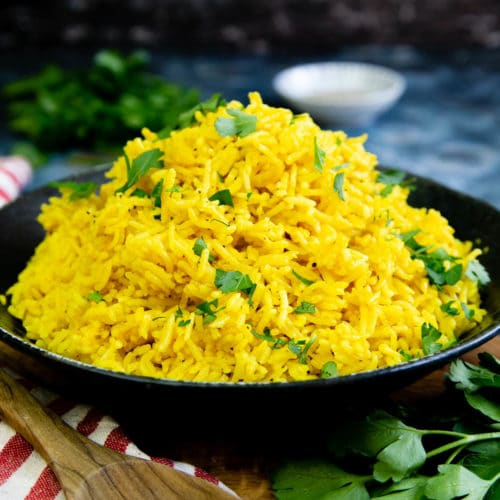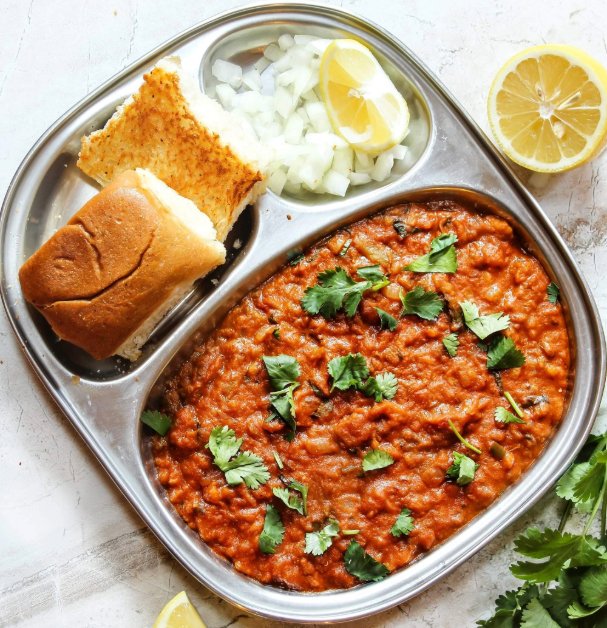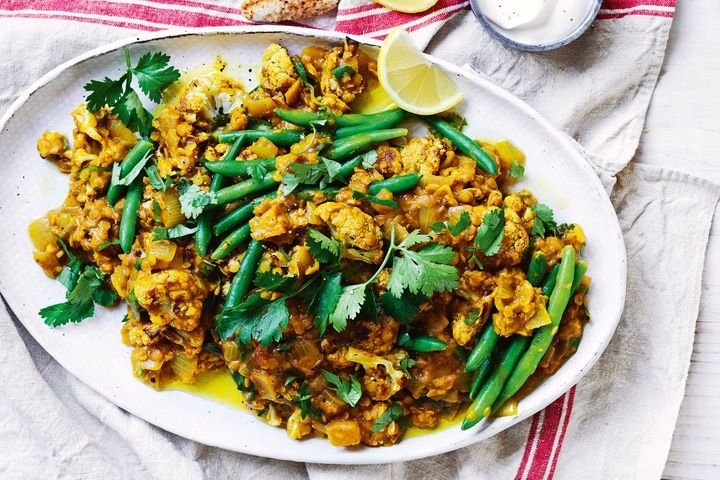Appam Recipe: A Traditional South Indian Delicacy
Appam is a beloved and traditional South Indian dish, particularly from the coastal state of Kerala. Known for its delicate, soft center and crisp, lacy edges, appam is a popular breakfast and dinner item. It is made from fermented rice batter and typically paired with coconut milk, stew, or a variety of curries. The dish is well-loved for its unique texture, which is crispy on the outside and spongy on the inside. It is a perfect example of the culinary richness of Kerala’s food culture and is enjoyed across South India, Sri Lanka, and even parts of Malaysia and Singapore. In this article, we’ll walk you through the step-by-step process of making appam from scratch, including the necessary ingredients, preparation, and cooking techniques. Additionally, we will explore the cultural significance of this dish and offer tips on how to make your appams even better.
The Origins of Appam Recipe
The name appam comes from the Malayalam word for pancake, and it is a typical dish from Kerala, a state known for its vibrant culinary traditions. The appam batter is traditionally made from rice, fermented with yeast, and often mixed with coconut to enhance flavor and texture. The process of fermentation gives the appam its unique texture — airy and soft in the center, with crispy edges that have a delicate crunch. In many households, appam is made for breakfast or dinner and often accompanied by steamed coconut milk, vegetable stew, chicken curry, or fish curry, depending on personal preferences. It’s not only popular in Kerala but has also become a favorite in Tamil Nadu, Karnataka, and even among Malayali communities across the world.
Ingredients for Uppam Recipe
Here’s a breakdown of the ingredients required to make appam recipe:
For the Appam Batter:
- 1 cup raw rice (preferably idli rice or any short-grain rice)
- 1/4 cup cooked rice
- 1/4 cup grated fresh coconut (or desiccated coconut)
- 1/2 tsp active dry yeast
- 1/2 tsp sugar (to activate the yeast)
- 1/2 tsp salt
- Water (approximately 1/2 cup, or as needed to adjust the consistency of the batter)
Step-by-Step Instructions for Making Appam at home
Step 1: Soaking the Rice
To start the preparation of the appam batter, soak the raw rice and cooked rice. Here’s what you need to do:
Rinse the raw rice thoroughly under cold water to remove any impurities. Place the rice in a bowl of water and soak for about 4-6 hours, or overnight for best results. Soak the cooked rice separately for 1-2 hours. Using both raw and cooked rice helps in achieving the right texture for the batter.
Step 2: Grinding the Batter
Once the rice has been soaked for the necessary amount of time, it’s time to grind the mixture:
Drain the water from the soaked rice and cooked rice. Add the soaked rice, cooked rice, and grated coconut (fresh or desiccated) to a blender or wet grinder. Gradually add water while blending to make a smooth, slightly thick batter. The consistency should be similar to dosa batter but slightly thicker. In a small bowl, dissolve the sugar in warm water. Sprinkle the yeast into this water and let it sit for about 10 minutes until the yeast becomes frothy. Add the yeast mixture to the rice-coconut batter. Mix it thoroughly. The yeast will help ferment the batter, making it light and airy. Cover the batter with a cloth or a lid and place it in a warm spot to ferment for 8-12 hours or overnight. The batter should rise and become bubbly after fermentation, indicating that the yeast has worked.
Step 3: Cooking the Appams
After the batter has fermented, you can now begin to cook the appams. Here’s how:
Heat an appam pan or a non-stick shallow pan over medium heat. Grease it lightly with coconut oil or ghee. You can use a brush or a paper towel to spread the oil evenly.
Once the pan is hot, pour a ladle full of the batter into the centre of the pan. Immediately swirl the pan in a circular motion, allowing the batter to spread out towards the edges. The batter should be thicker in the centre and thinner at the edges. Cover the pan with a lid and let it cook for about 2-3 minutes. You’ll notice the edges turning golden brown and crispy, while the center remains soft and spongy. Once the appam is cooked, remove it from the pan using a spatula. You can serve it immediately while it is still hot.
Step 4: Serving the Appam
Appam is best enjoyed hot and fresh. Traditionally, it is served with:
Stew: A popular pairing for appam is the Kerala-style vegetable stew, which is made with vegetables like carrots, potatoes, peas, and beans in a coconut milk-based gravy. The light sweetness of the coconut milk complements the slightly tangy flavour of the appam. Coconut Milk: In some households, appam is dipped in freshly prepared sweetened coconut milk, offering a soft, creamy contrast to the texture of the appam. Chicken or Mutton Curry: Appam pairs beautifully with rich and spicy curries. The fluffy texture of the appam helps balance out the spices in the curry, making each bite delightful. Fish Curry: As a coastal delicacy, appam is often enjoyed with spicy fish curry, such as the famous Kerala fish curry made with tamarind, coconut, and spices.
Cultural Significance of Appam
Appam is not just a delicious dish but a symbol of Kerala’s food culture, which is known for its use of fresh, local ingredients like rice, coconut, and seafood. Kerala’s climate and geographical location make it ideal for growing coconuts, which are central to many of the state’s dishes. Coconut milk is often used in appam to enhance the flavour and texture, creating a wholesome meal that is both satisfying and comforting.
Appam is often a part of festive meals and is also prepared for special occasions like Onam and Christmas in Kerala. In fact, the dish is so beloved that it has crossed regional boundaries, with versions of appam being made in Tamil Nadu, Sri Lanka, and among Malayali communities worldwide.
FAQ
1. What is appam made of?
Appam is a South Indian and Sri Lankan dish made from a fermented batter of rice and coconut milk. The traditional recipe includes raw rice (or rice flour), grated coconut or coconut milk, a small amount of sugar, and yeast or fermented rice water for leavening. Some variations also include cooked rice or toddy (fermented palm sap) to enhance fermentation and texture. Appam is typically cooked in a curved pan called an appa chatti, resulting in its characteristic lacy edges and soft center.
2. Does appam have gluten?
No, appam is naturally gluten-free because it is made from rice and coconut, with no wheat or gluten-containing ingredients. However, if you have celiac disease or gluten sensitivity, ensure that the ingredients used are not cross-contaminated with gluten-containing grains during processing or storage.
3. Why is my appam batter not fermenting?
If your appam batter is not fermenting properly, it could be due to several reasons:
Cold Temperature: Fermentation works best in warm conditions (around 25-30°C or 77-86°F). If the weather is cold, keep the batter in a warm place or inside an oven with the light on.
Old or Weak Yeast: If using yeast, ensure it is fresh and active. Test it by dissolving it in warm water with a pinch of sugar; if it foams up in 10 minutes, it’s active.
No Fermenting Agent: Traditional appam batter ferments naturally due to coconut and cooked rice, but adding a little yeast, toddy, or a fermented rice starter can help.
Incorrect Batter Consistency: If the batter is too thick, fermentation may slow down. It should have a pourable consistency, like pancake batter.
Low Sugar Content: A small amount of sugar helps yeast fermentation. If your batter has no sugar, fermentation may take longer.
Water Quality: Chlorinated or overly cold water can inhibit yeast activity. Use lukewarm, filtered water for best results.




